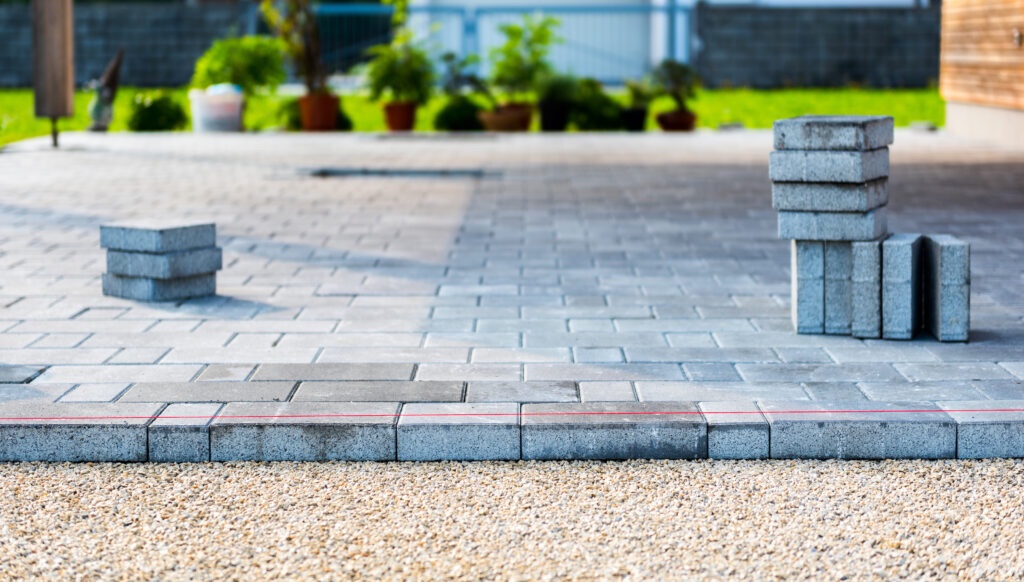A patio can be a wonderful place to make the most of the fresh air and relax during the warmer days of the year. The solid floor of a patio also provides you with the option to sit outside when the yard is too wet after heavy rain. Besides being a place of refuge, patios can serve as a way to enhance the visual pleasure of your garden.
With some planning, you can take things a step further and transform your patio into a patio garden. Here are a few suggestions to consider during the design phase, so your patio garden is more than just a flat area of paving slabs.
Pre-Planning, why it is important?

One main reason for the pre-planning stage is that you have an opportunity to foresee any potential issues that may arise. If you are building a completely new patio, you will have to give some forethought to the garden aspect.
Color Scheme for the Patio
When planning a new patio, you will have to think beyond just the color of the paving slab. While features such as containers and plants need to blend with the slabs, you also do not want them to look out of place.

For example, while light brown paving slabs may look great, they may not blend in naturally with the surroundings. Likewise, you may have a harder time finding plants that complement them.
On the other hand, natural gray stone can have a much more natural look in the garden and is easier to find suitable planters for. Obviously, they are other paving slabs besides grey you can use, but they still need to complement the rest of the décor.
Considering height
When planning a patio garden design, height is just as important as the many other aspects. Here are a few ways you can incorporate height throughout your design to achieve the desired effect:

1. Having a wall around the patio, adds character and serves as a perfect place on which you can put a few containers. Similarly, columns and balusters can be very attractive, while adding a distinctive style to a patio or terrace.
2. Consider having a partly or fully covered patio as a way to add a bit of height and shade. In addition, you can add trellis and some climbing plants to add further height to your patio.
3. Mixing some high containers with your smaller containers will immediately contrast.
4. Choose some container suitable shrubs or tall growing plants, to contrast with low growing and trailing plants.
Consider your adjacent garden and other viewpoint
When designing the patio, it is especially important to consider the positioning in conjunction with the view you most desire. In other words, you need to place the patio in a location that is not isolated from the rest of the garden.

For instance, if you prefer a private area in which to sit, then you can place the patio near taller shrubs in that area may provide you with just that. On the other hand, if you prefer a more open scenery, you can place the patio near smaller plants. Nonetheless, an open setting offers more flexibility. You can install a variety of plants later, to stimulate your senses on a warm evening.
Finale thought
Overall, patios can be an impressive feature of your garden, and a wonderful place to relax on those pleasant sunny days. By using a combination of these suggestions, you can create a patio garden that is both visually pleasing and functional. You can turn the plainest of patios into a patio garden with the use of simples features like containers or outdoor planters.
Before starting work on construction, try to visualize what you want your dream patio garden to look like.

